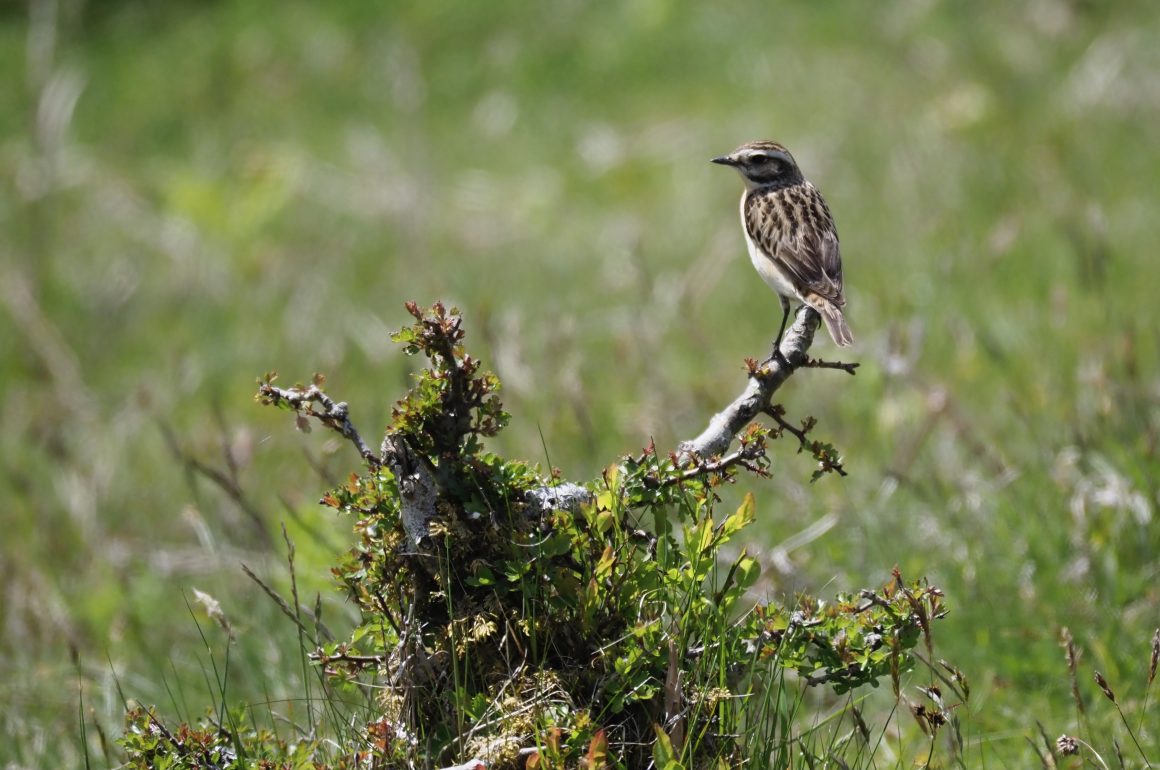
Year-listing is a funny old business: last week I found myself searching for Whinchats on Exmoor, in south-west England, despite the fact that I’d already seen them earlier this spring in both Spain and Greece. These attractive chats are summer migrants, returning to the uplands of western and northern Britain to breed. It’s quite possible to see migrant individuals here in East Anglia on their spring migration, but they are elusive and I had failed to see any, hence my Whinchat hunt on Exmoor.
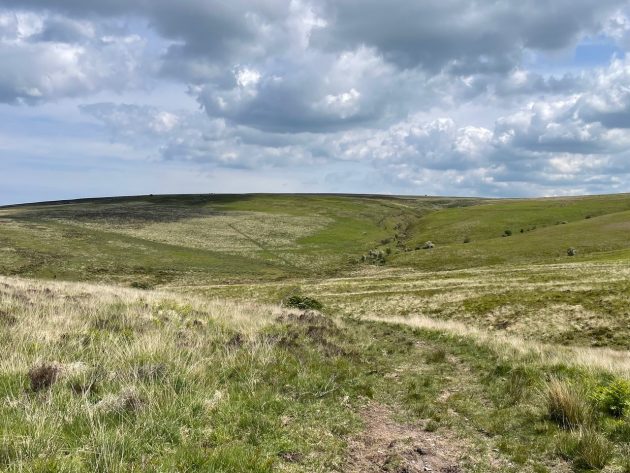
A typical Exmoor landscape – open grassland and heather moorland
Exmoor National Park covers 693sq km, making it Britain’s smallest national park. Its dominant feature is heather moorland, and this is the habitat that Whinchats like. Sadly, numbers of breeding Whinchats in Britain have declined sharply since the 1990s, so they are not as common on Exmoor as they once were, and are now a red-listed species. I’ve known Exmoor for 50 years, and in that time I’ve seen the decline and even disappearance of several species that were once regarded as Exmoor specials. Ring Ouzels, Merlins and Red Grouse have all been lost, presumably due to climate change, for Exmoor was one of the most southerly sites for these predominately northern-breeding species.
It took quite a bit of effort, but I did eventually find my Whinchat on the moor above Ember Coombe. (A coombe is a local word for a deep, wooded valley.) This spring has been exceptionally dry in England, and even Exmoor, usually one of the wettest of places, was parched, the paths over the moor unusually easy to walk on. During my Whinchat hunt I enjoyed listening to a distant, unseen Cuckoo, and the songs of Meadow Pipits, still common breeding birds on the moor. I also found Stonechats, the Whinchat’s first cousin, for the two species are very similar in size, shape and even choice of habitat. Unlike the migratory Whinchat, Stonechats are residents, and are doing well, thanks to a series of mild winters.
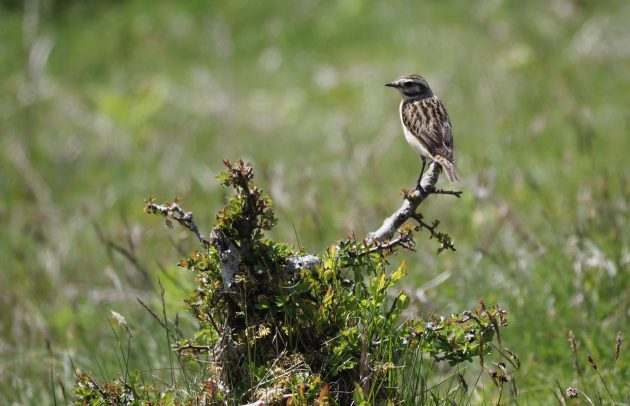
Whinchat – a declining summer visitor to Exmoor
I had a number of other target species that I wanted to see. Top of the list were Wood Warbler and Pied Flycatcher, both summer migrants, and birds of the sessile oak woods that are such a feature of the moor. I failed to see either during a walk along Horner Water – finding these birds is largely by ear, and the sound of the tumbling stream I was walking by made hearing singing birds difficult. This was a worrying failure, but one I made up for it the following day with a walk along another river, the Barle, at Tarr Steps.
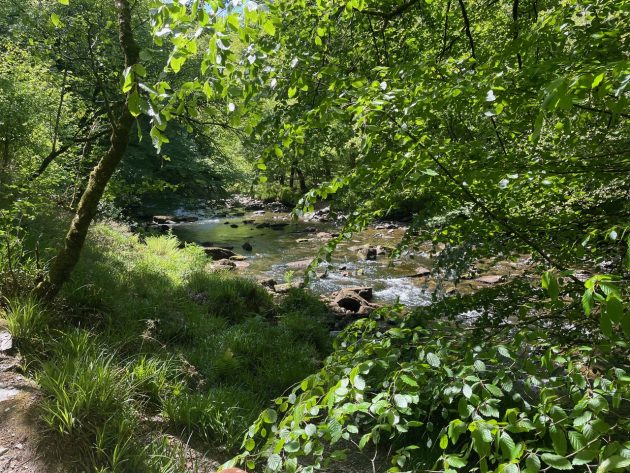
The River Barle at Tarr Steps, Somerset. A fine location for Wood Warblers and Pied Flycatchers, and also a delightful place to walk on a sunny spring day
Seeing Wood Warblers was challenging, and I only saw one, but I heard four or five, their lovely trilling song has been likened to a spinning silver coin. They also have a distinctive soft but surprisingly far-carrying call, and this can help locate them, as they tend to stay high in the canopy. Frustratingly, I never had the chance to point my camera at one.
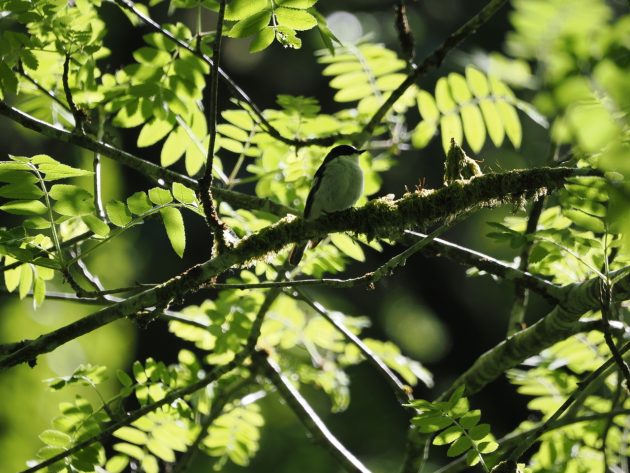
Photographing canopy-dwelling birds, such as this Pied Flycatcher, is always a challenge
Pied Flycatchers are also canopy birds. The distribution of these flycatchers is predominately western in Britain; they are much more numerous as breeding birds in northern Europe. I found just one in the woods by the Barle, a fine singing male. The simple short song is loud and rhythmic, if short in duration, and it was this that alerted me to the bird’s presence. I did manage a series of photographs, but they were all full-frontals, and none showed the bird’s beautiful black-and-white plumage. Incidentally, as soon as they have finished breeding, the males moult, and then resemble the much drabber female.
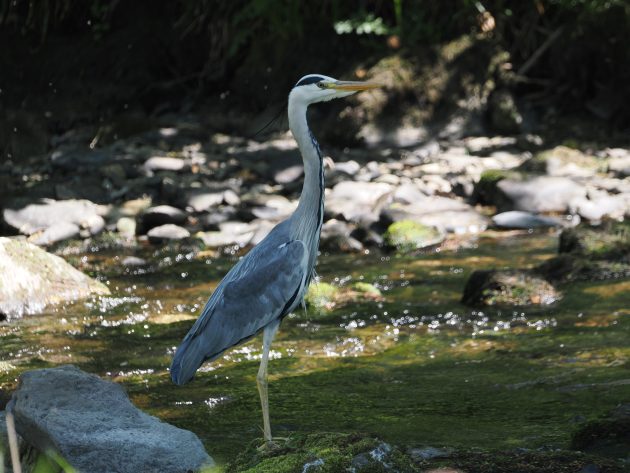
A Grey Heron on the River Barle. I was looking for a Dipper, not a heron
One bird that I was hoping to see on Exmoor but which eluded me was the Dipper. In the past I’ve never had any trouble finding Dippers on the moor, but not this time. I did, however, enjoy a successful evening with Nightjars, listening to five or six different males singing at dusk on a fine spring evening. The churring song of the Nightjar is an intense, far-carrying reeling sound, unlike that of any other European bird.

Butterflies are always a bonus for me on birding trips, so I was delighted to be taken to see a colony of Small Pearl-bordered Fritillaries (above). In the 19th century these butterflies were widespread in Britain, but today they are scarce and localised, with no remaining colonies in eastern England. It was the first time that I have photographed these fritillaries in Britain.
Despite my misses – I also failed to find Wheatear and Redstart – my West Country country trip gave a welcome boost to my English year list, which is now up to 178, so my target of 200 is looking attainable. My European list (which incorporates birds seen in England) has now reached 280, so 300 should be achievable, too.
(Many thanks to my friends Richard and Lucy Devitt and David and Linda Lloyd for their hospitality, and their help in finding the birds, during my Exmoor visit.)



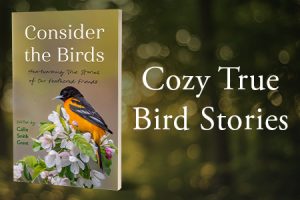


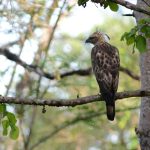
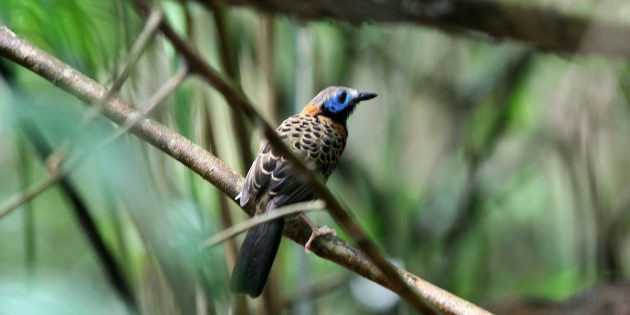
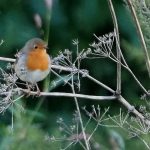
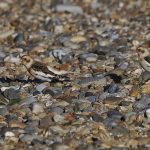
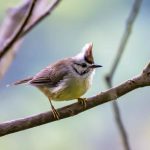


Very interesting thank you, happy memories of good nightjar spotting & hearing. Plus Tree Pipits & Yellowhammers. Meanwhile I struggle to get to 50 sightings here at Dumbledeer, as opposed to some inventive suggestions from the Merlin app!